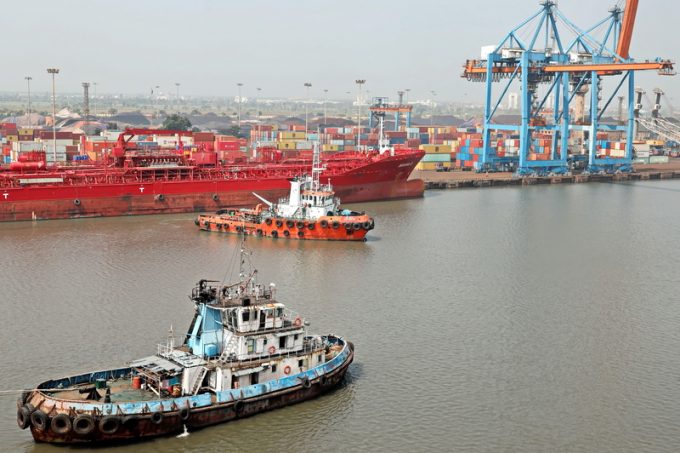Liners opt for surcharges on 'heavy' containers on Indian trades
Container lines serving Indian trades have announced surcharges for containers reporting weight in excess of ...

India’s container shipping market has “cooled” in recent weeks, but a lack of capacity at east coast ports is a headache for exporters.
Throughput figures from the Indian Ports Association show the country’s top 12 container ports enjoyed nearly 30% growth between April and October, with ...

Comment on this article